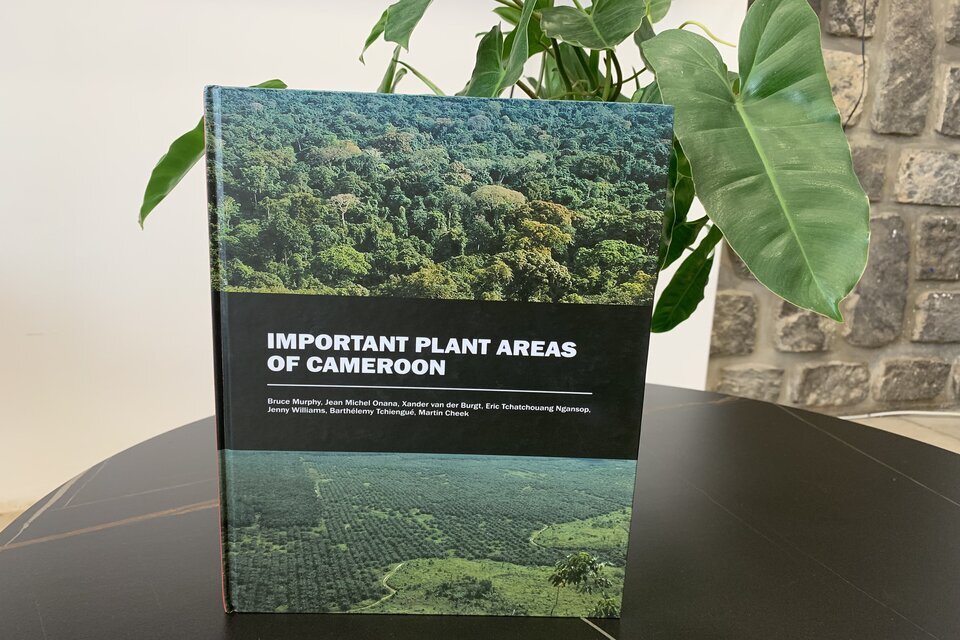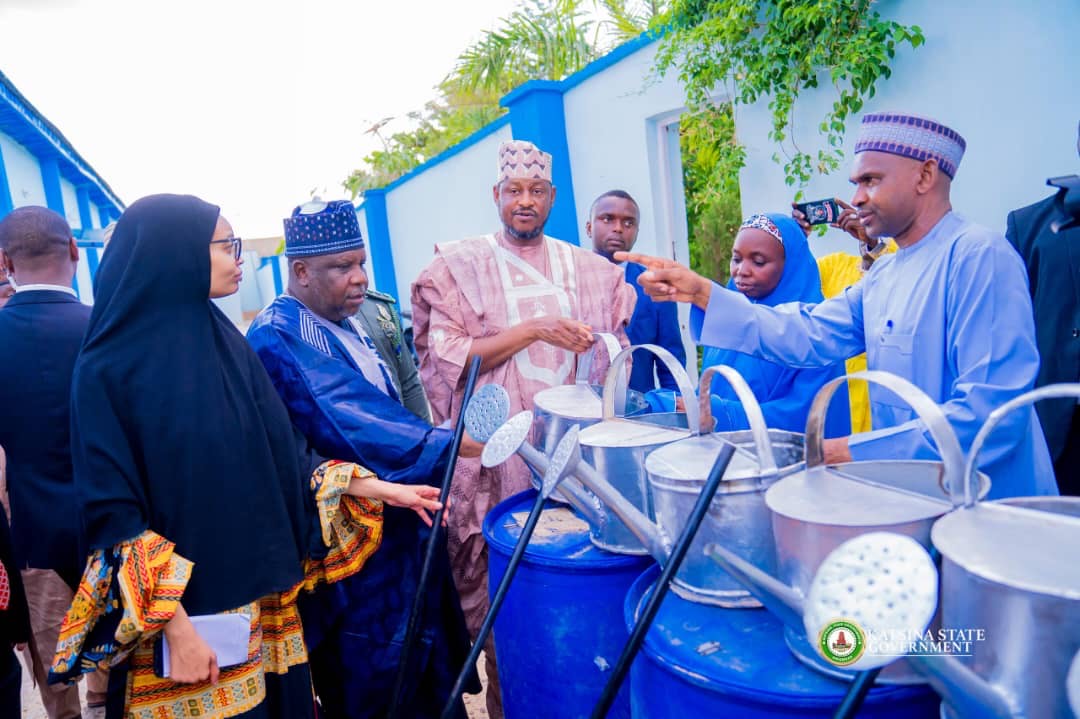Growing Threat of Antimicrobial Resistance in Africa

The story of Amina, who self-medicated a suspected malaria infection with antibiotics, serves as a stark reminder of a silent yet pervasive global health crisis: antimicrobial resistance (AMR). Her experience, where the fever tightened its grip despite the pills, mirrors a hidden battle intensifying across millions of lives. Misusing medicines, particularly antibiotics, fuels an invisible enemy that transforms once-powerful drugs into useless shells, threatening health outcomes far beyond individual cases.
Antibiotic resistance is a specific form of antimicrobial resistance (AMR), where bacteria and other microbes evolve the capacity to survive medications designed to eliminate them or halt their growth. This perilous development primarily occurs due to the incorrect or excessive use of antibiotics and other antimicrobial drugs. For instance, administering antibiotics for viral or parasitic illnesses (like malaria), failing to complete an entire prescribed course of treatment, or using substandard medications all provide opportunities for microbes to adapt, mutate, and emerge stronger. In essence, antibiotic resistance means that these vital medicines lose their efficacy, rendering infections increasingly difficult, and sometimes impossible, to treat. This progression leads to prolonged illnesses, more severe complications, and tragically, elevated death rates. The danger transcends individual patient cases; once bacteria acquire resistance, they do not remain localized. They multiply, and their drug-resistant descendants can disseminate widely – from person to person, across communities, and even internationally. Consequently, a resistant infection originating in one individual can rapidly escalate into a widespread threat, undermining global efforts to manage common infections and jeopardizing the very foundations of modern medicine.
Several critical factors contribute to the proliferation of antimicrobial resistance. The **misuse and overuse of antibiotics** are paramount, encompassing actions such as employing antibiotics for inappropriate conditions (e.g., viral infections, malaria), self-administering medication without professional medical guidance, or prematurely discontinuing a prescribed treatment, all of which provide bacteria with opportunities to survive and develop resistance. **Poor quality medicines** also pose a significant threat; in many regions, the prevalence of counterfeit or substandard drugs means they do not fully eradicate infections, thereby allowing bacteria to adapt and resist. Furthermore, **a lack of adequate hygiene and infection control** measures, particularly in settings like overcrowded hospitals or areas with insufficient access to clean water and proper sanitation, facilitates the rapid spread of resistant bacteria. The **use of antibiotics in agriculture**, whether to promote animal growth or prevent disease, can also contribute to the emergence of resistant bacteria that may subsequently transfer to humans through the food chain or environmental exposure. Lastly, **insufficient surveillance and diagnostic capabilities** mean that without accurate testing and comprehensive monitoring, healthcare providers may resort to prescribing broad-spectrum antibiotics unnecessarily, further accelerating the development of resistance.
In Africa, amidst its enduring struggles with HIV/AIDS, tuberculosis, and malaria, antimicrobial resistance looms as a silent, yet profoundly deadlier, adversary. Recent research conducted by the Africa CDC paints a grim reality: the continent bears the highest AMR-related death toll globally, recording a staggering 27.3 deaths per 100,000 people. This alarming figure underscores a continent under severe threat, with the most tragic impact disproportionately affecting children and other vulnerable populations. The epidemic of resistance is rapidly expanding across Africa, with bacteria that once readily responded to common antibiotics now demonstrating significant resistance. For example, bacteria causing pneumonia and throat infections are increasingly resistant to penicillin. Similarly, *Escherichia coli*, a common cause of urinary tract infections and diarrhea, is showing resistance to several widely used antibiotics, complicating treatment. Furthermore, Methicillin-resistant *Staphylococcus aureus* (MRSA), known for causing serious skin and sometimes bloodstream infections, has become particularly challenging to treat in specific regions. This diminishing efficacy of available medicines leaves clinicians with fewer effective options for patient recovery.
Despite this daunting landscape, glimmers of hope emerge from ongoing surveillance and research initiatives. Projects like the SARA project, spearheaded by the Institut Pasteur network, are instrumental in establishing integrated surveillance systems across African nations. These are not merely stop-gap measures but comprehensive strategies that involve cutting-edge genomic sequencing of pathogens and the adoption of a 'One Health' approach, which acknowledges the intrinsic interconnectedness of human, animal, and environmental health. A vital component of these efforts is capacity building in microbiology and epidemiology within the continent, fostering local expertise to effectively combat this escalating menace.
However, the battle against AMR is severely hampered by critical data gaps. Over 40% of African countries lack recent AMR data, creating dangerous blind spots in understanding the true scope and dynamics of the crisis. Equally problematic are widespread concerns regarding the quality and standardization of microbiological diagnostics and reporting, which undermine the formulation of effective and evidence-based treatment guidelines. Without robust and reliable data, the fight against AMR is akin to operating in the dark, rendering interventions inefficient and frequently futile. Compounding these challenges are significant economic and strategic hurdles. Dr. Jean Kaseya, Director General of Africa CDC, estimates that a substantial financial commitment—ranging between USD 2-6 billion annually—is indispensable for Africa to mount a meaningful response, including the development of national action plans and the implementation of coordinated interventions. Yet, current funding levels are woefully inadequate, dwarfed by investments allocated to other prominent diseases. This critical funding deficit threatens to allow AMR to spiral further out of control, precipitating devastating consequences.
In conclusion, antimicrobial resistance in Africa is far from a distant threat or a secondary concern. It is a complex, multifaceted crisis deeply intertwined with economic realities, healthcare infrastructure, and scientific capabilities. The escalating death toll serves as a resounding clarion call to both the global community and African leaders. Without substantial enhancements in surveillance, improved diagnostic capacity, comprehensive One Health strategies, and a dramatic increase in funding, this invisible killer will continue to claim more lives—affecting children, mothers, and the most vulnerable—all while often remaining below the world's immediate radar. The silent crisis of AMR demands an immediate, collective, and well-resourced response, urging individuals to avoid the perilous path of self-medication, as exemplified by Amina's story.










